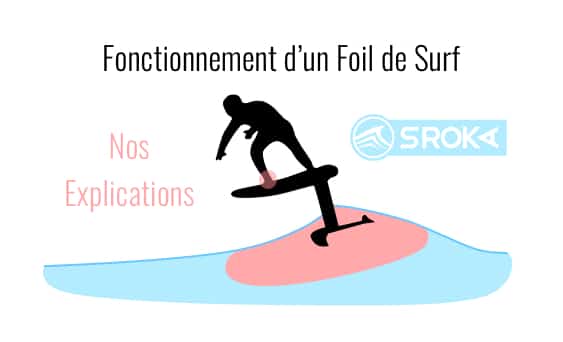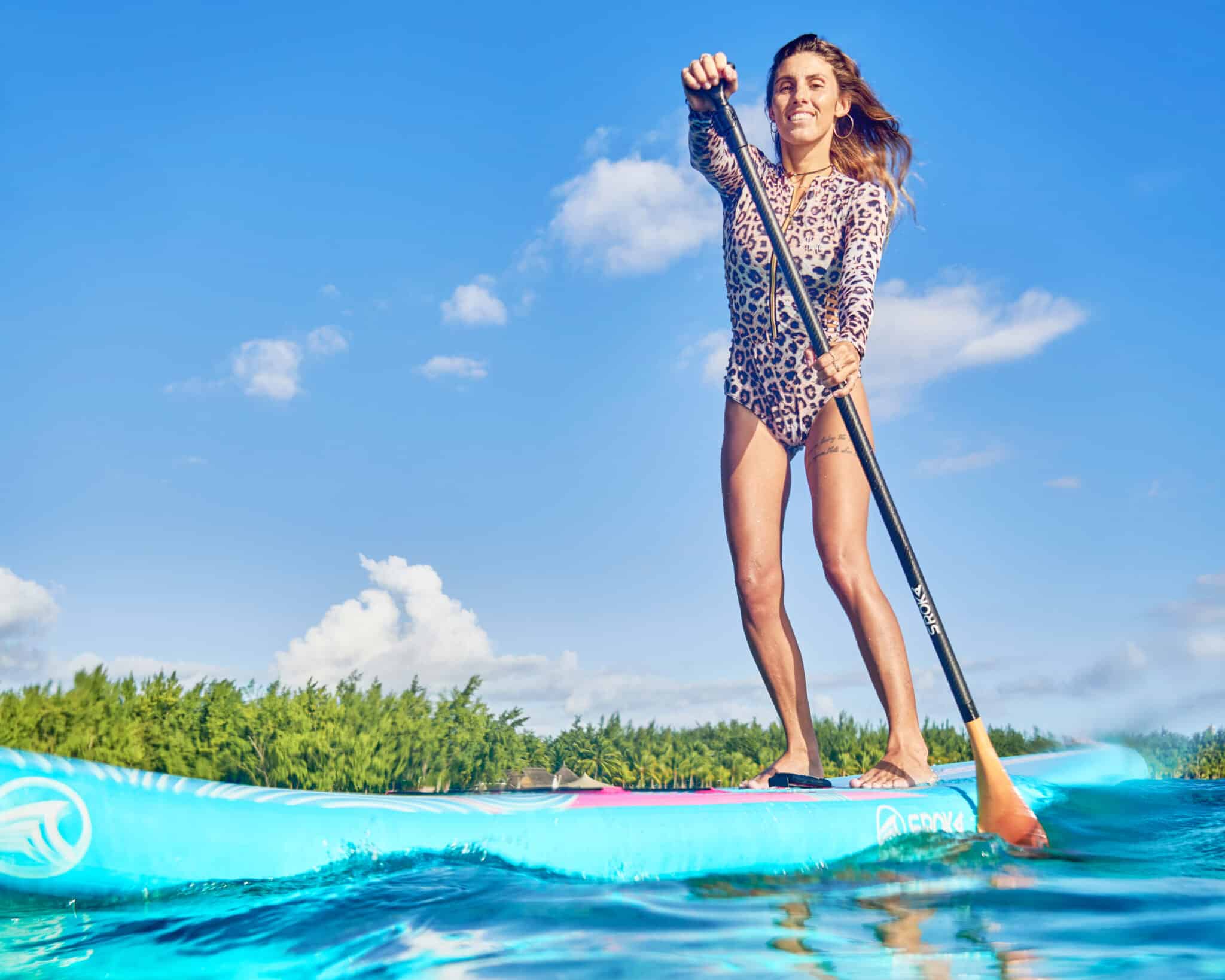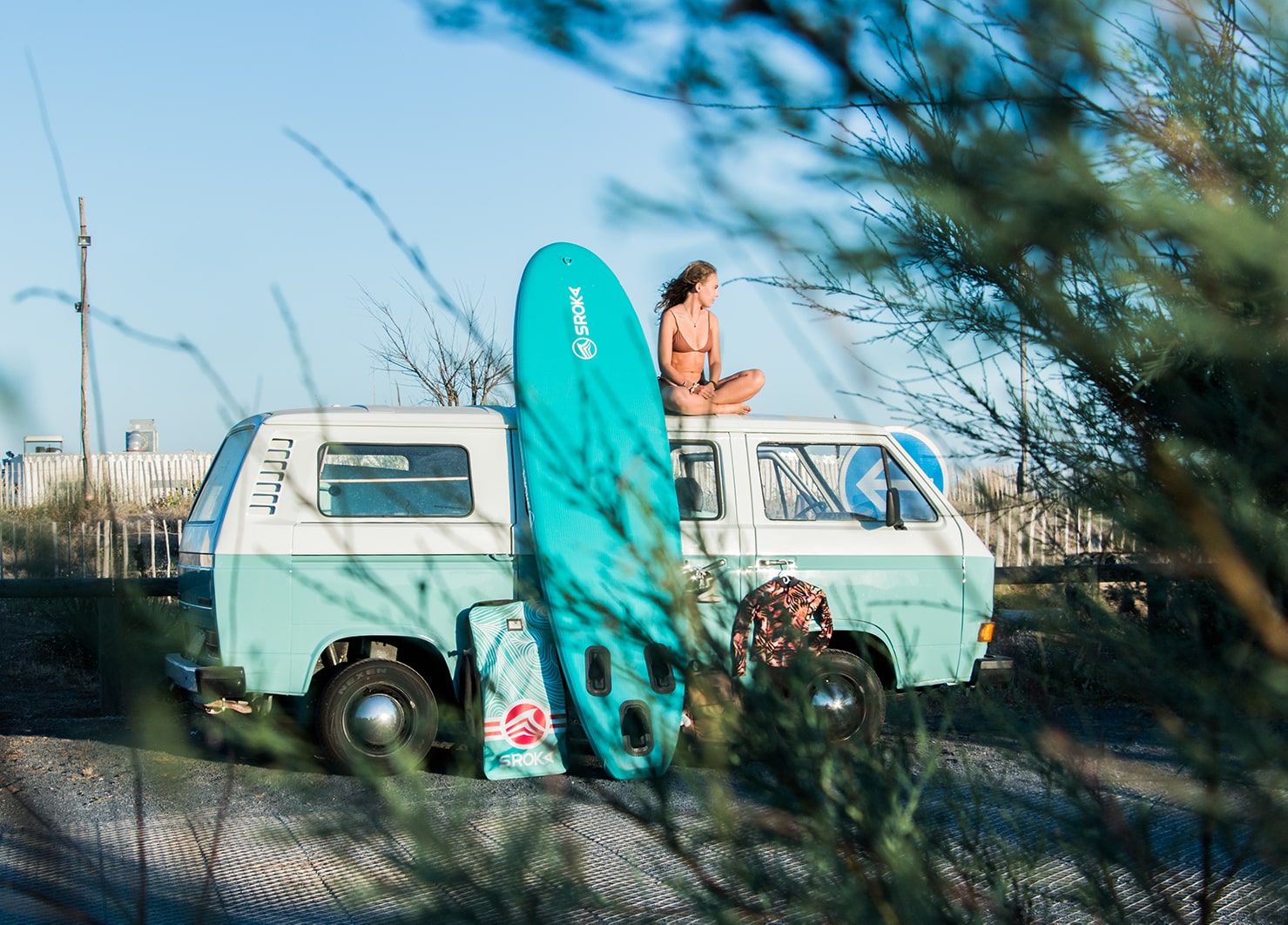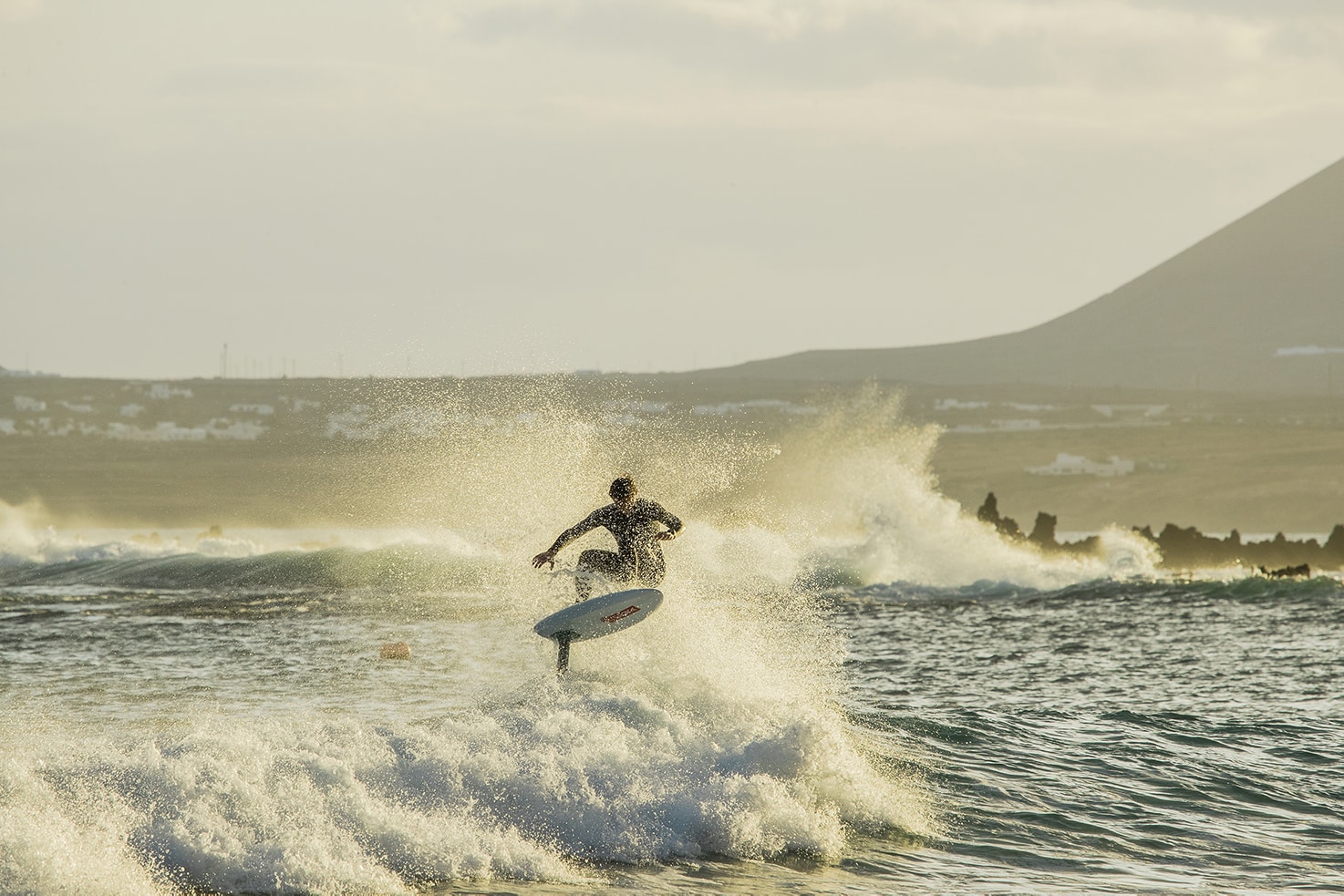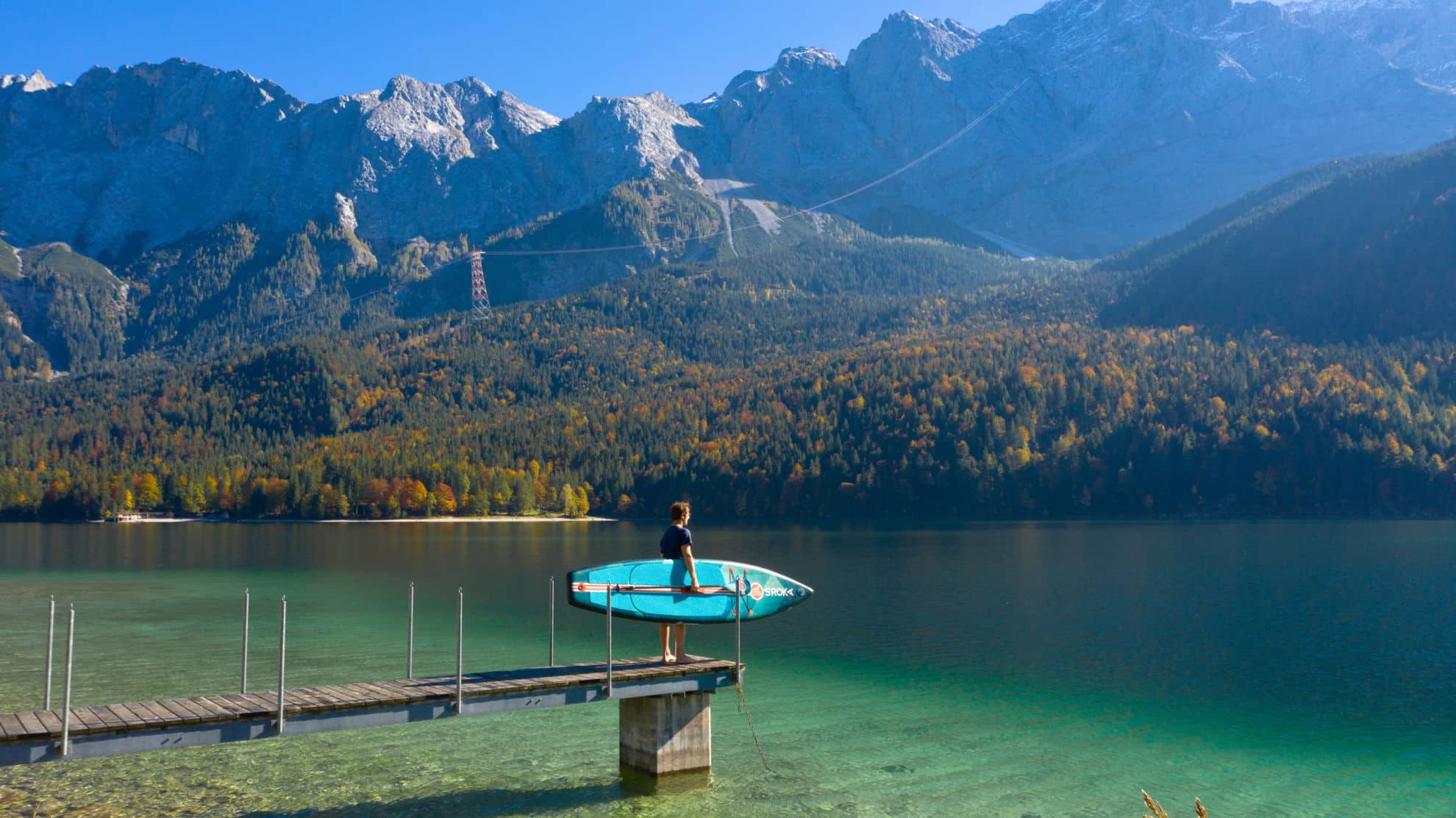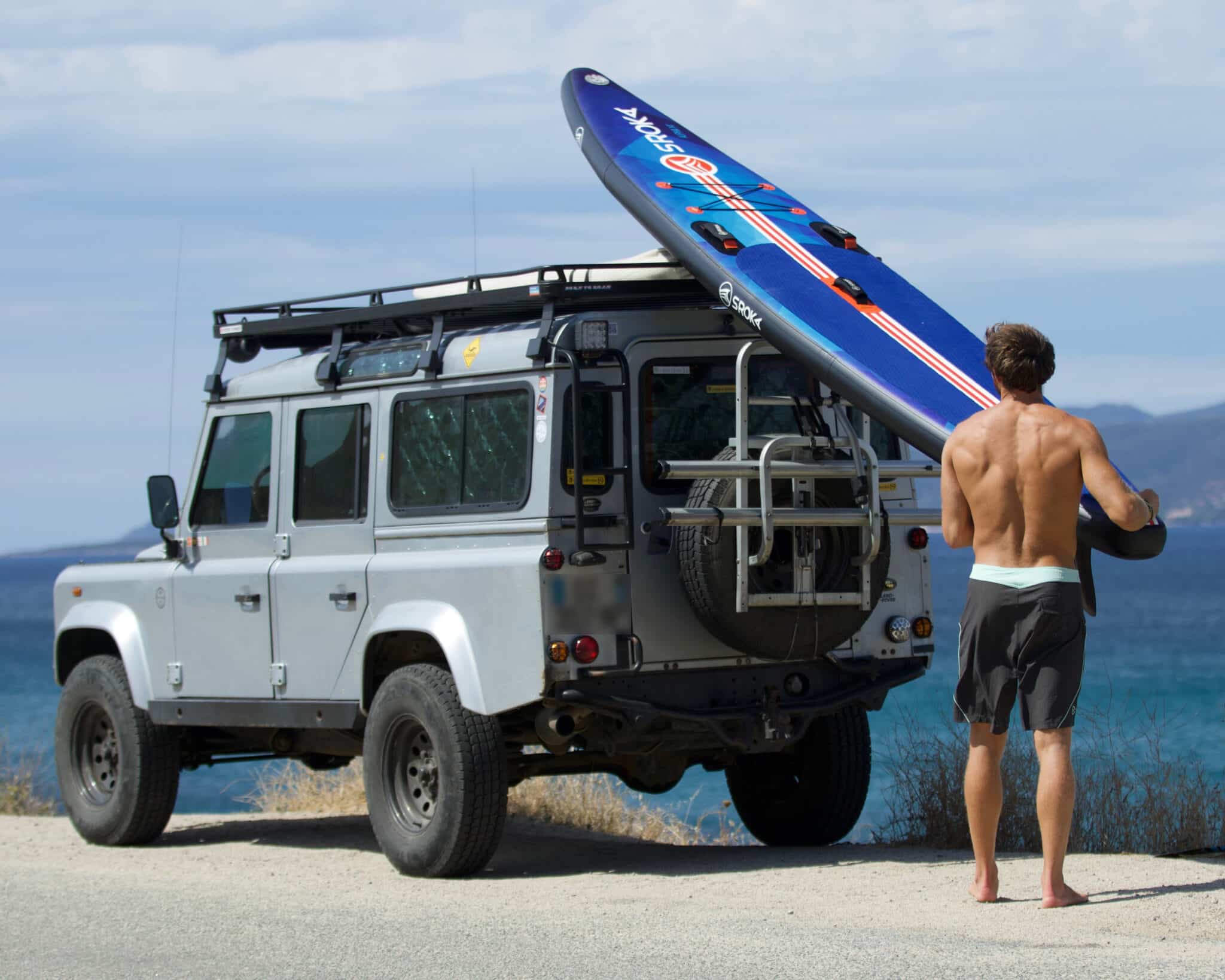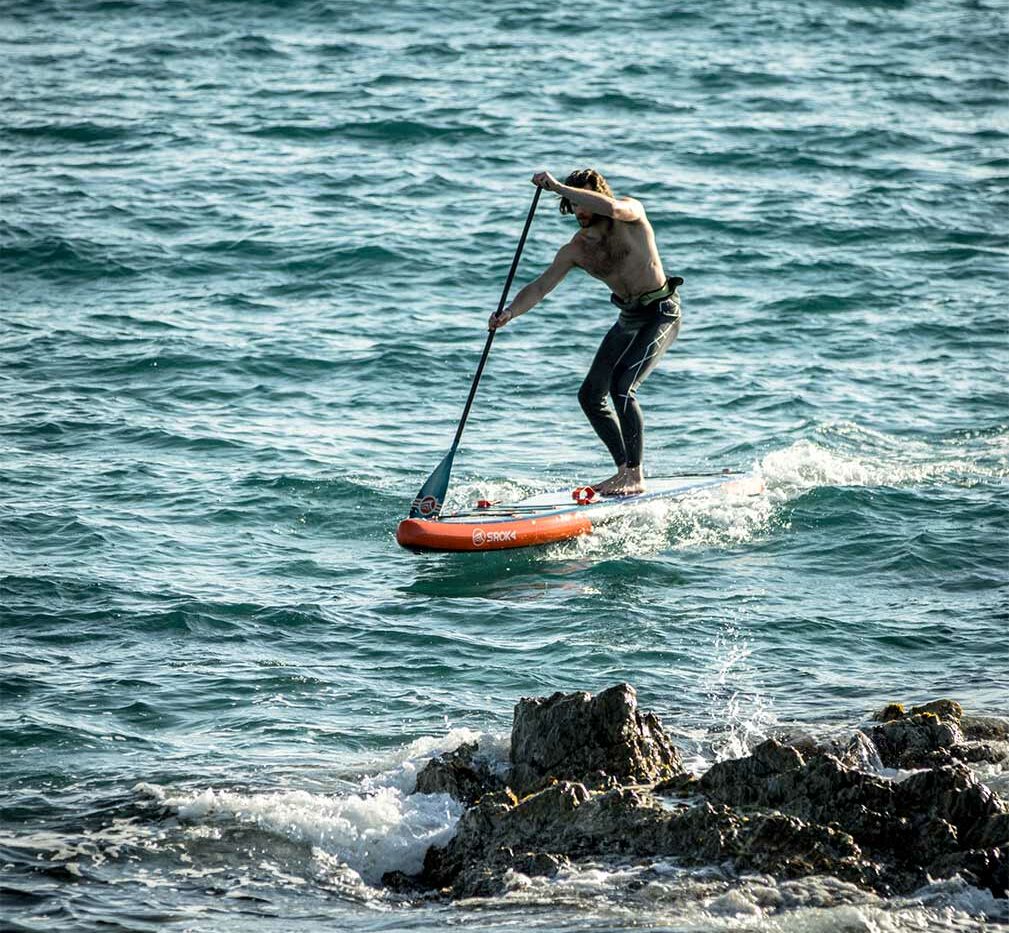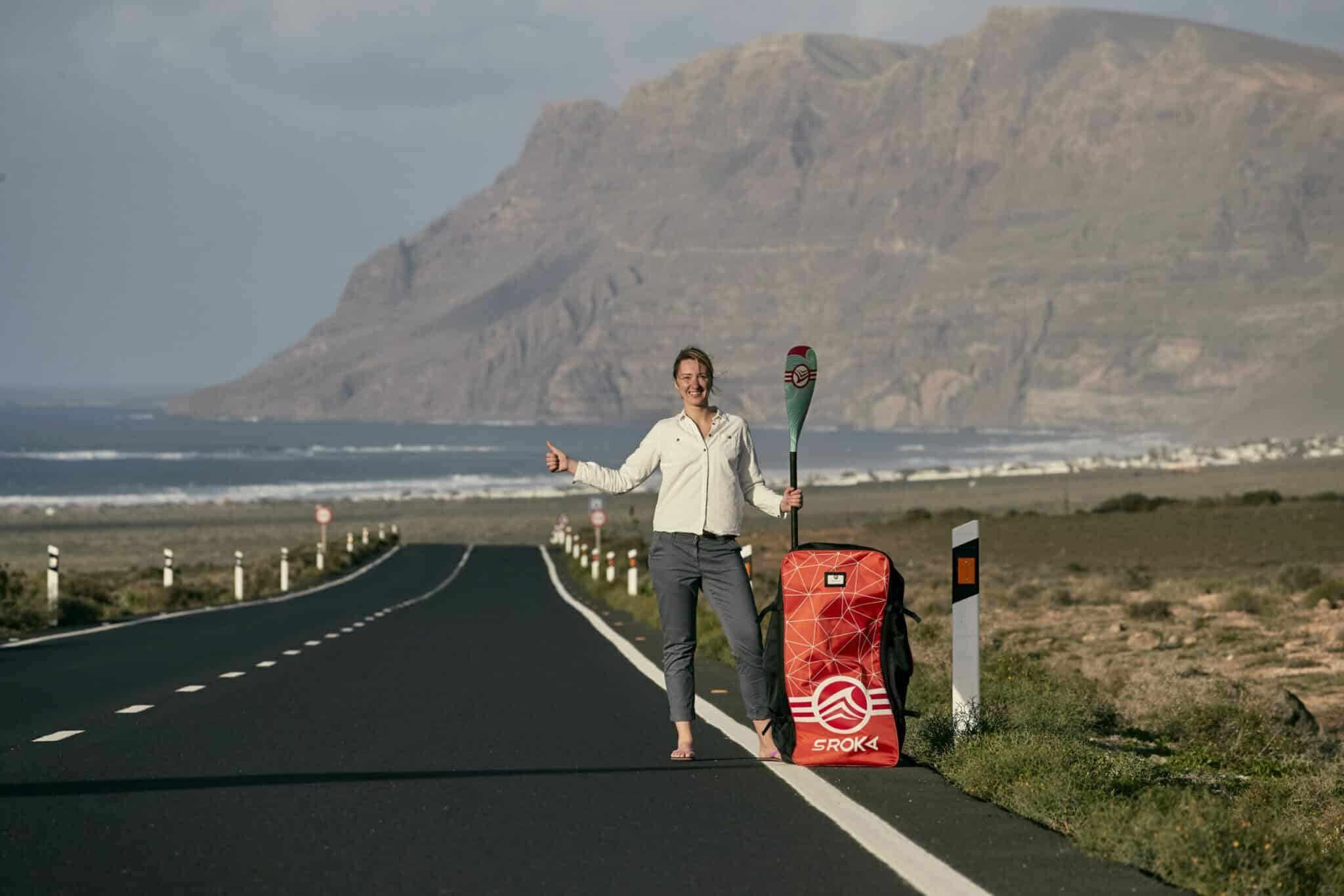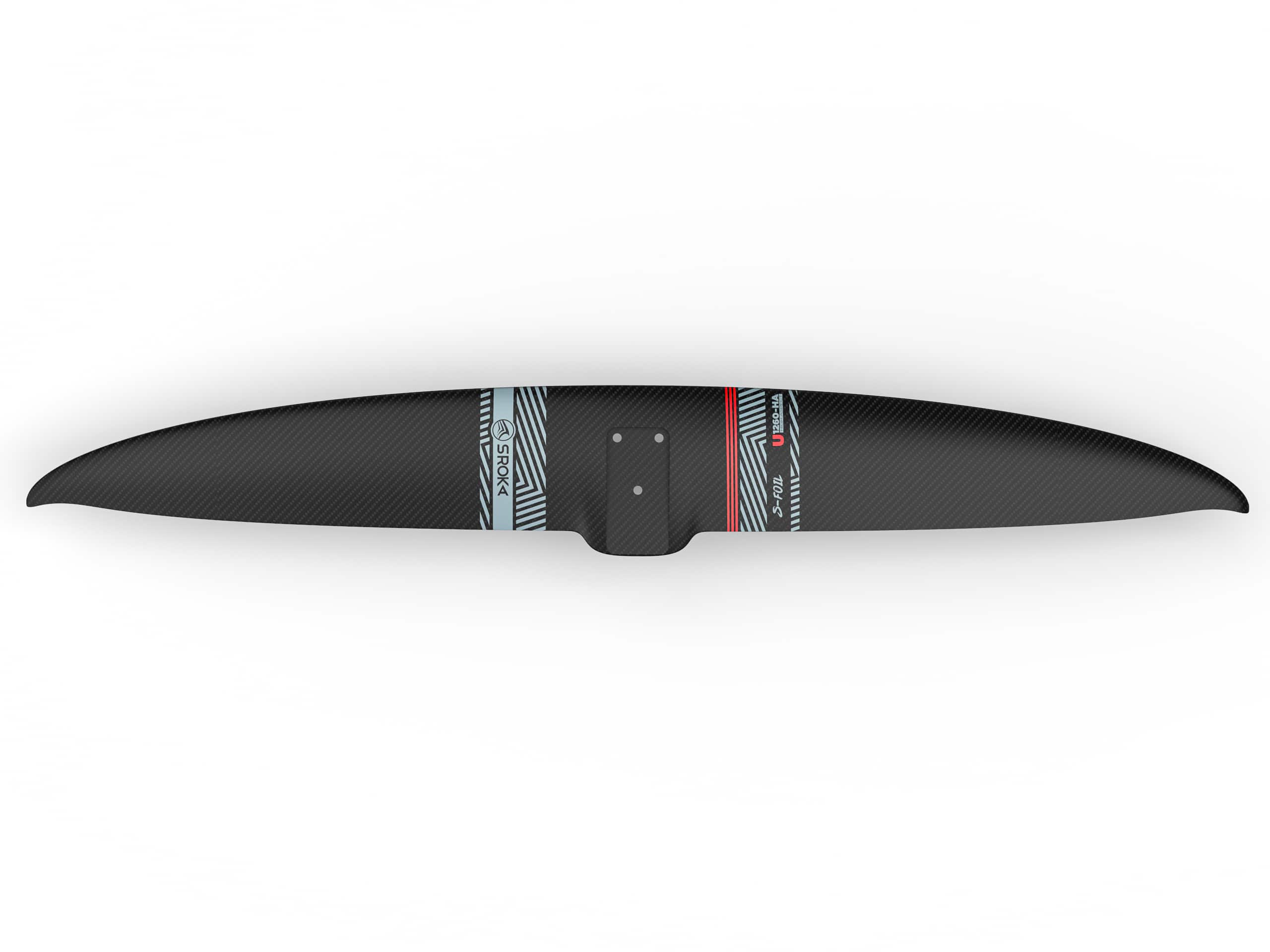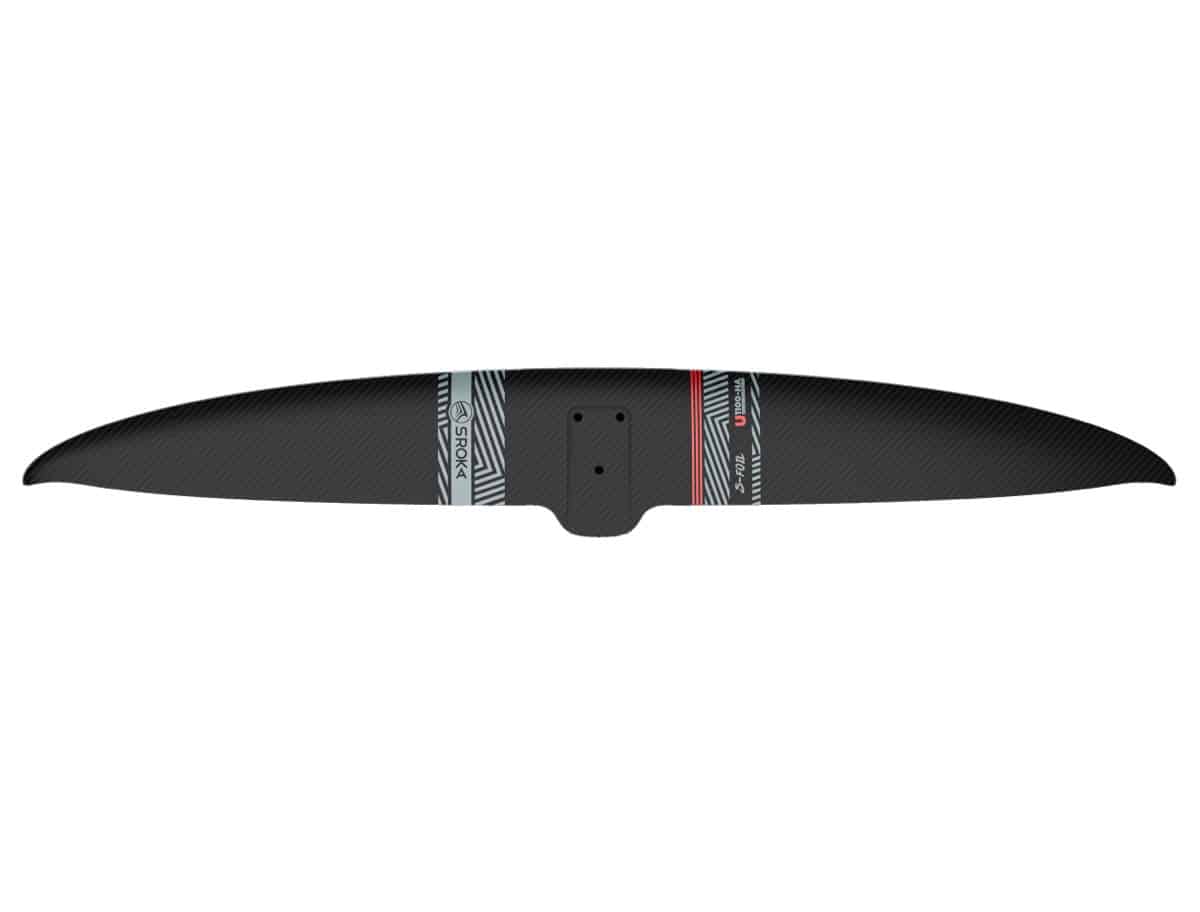 LE MAGAZINE
LE MAGAZINEWhat’s the best wing pack foil?

We’re going to guide you through the exciting world of wing foil to show you the best packs available on the market for 2024-2025.
The list is so long that we can’t possibly cover them all. However, we will give you the weapons to better understand the world of wing foil and provide you with the right information to help you choose the best wing pack for your needs, your size and your level.
The wing foil, a blend of windsurfing, kitesurfing and surfing, is gaining in popularity thanks to its simplicity and the gliding sensation it offers. Safer than kitesurfing and less cumbersome than windsurfing, wingfoil is a blend of several sports that will give you plenty of thrills and open up the world of foil.
In this article, we’ll explore the criteria you need to take into account to choose the ideal wing foil pack for you, depending on your size and your spot, as well as the most powerful options if you’re looking for performance. Whether you’re a beginner or an experienced rider, let’s discover the packs that will enable you to enjoy this discipline to the full.
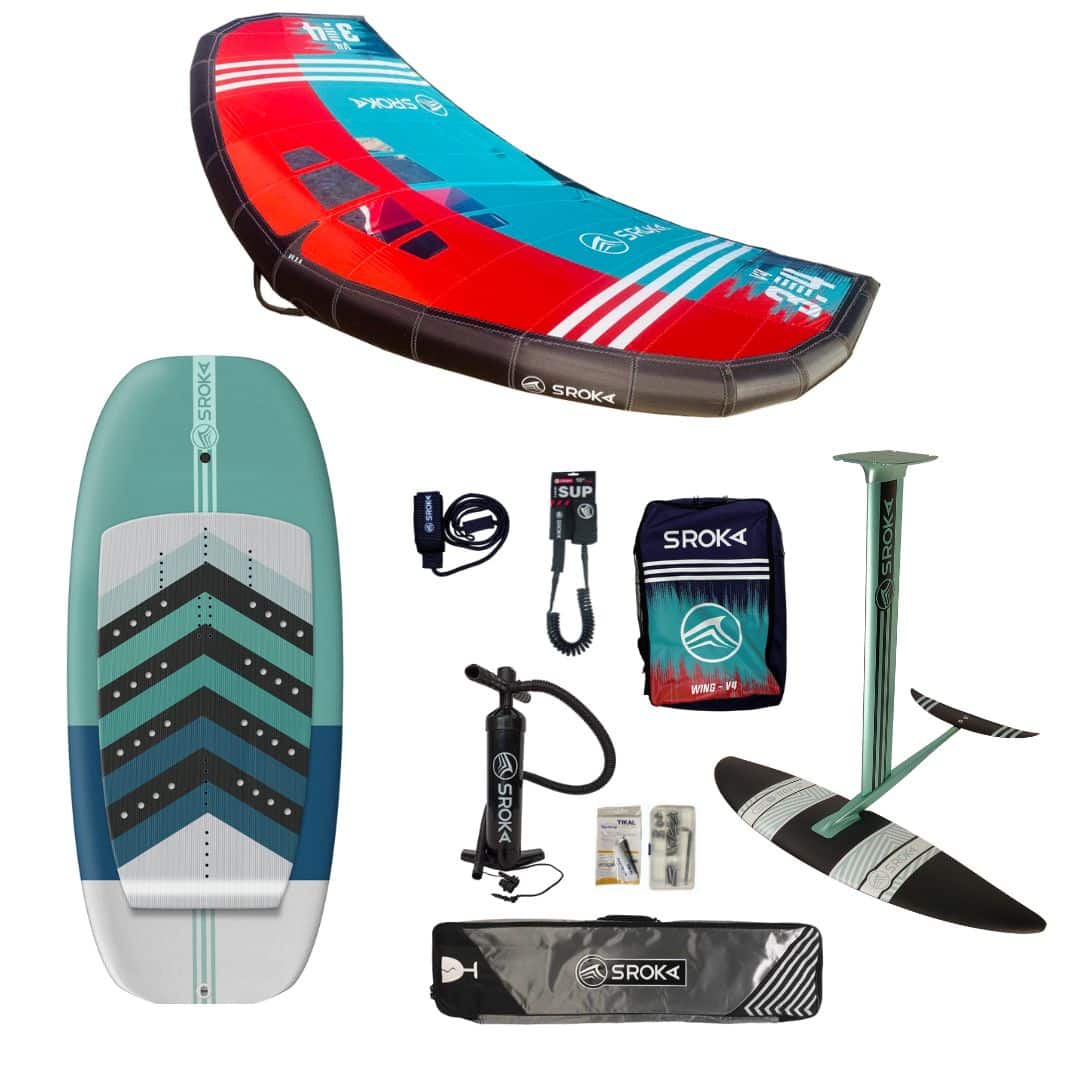
Introducing the “pack wingfoil” concept
A pack Wing foil is a concept that is not totally identical from one brand to another, particularly when it comes to the pack’s composition. So you need to pay attention to the small details. Generally speaking, a pack Wing foil is made up of a wing board foil, a wing and a wingtip. foil. It can be made up of an inflatable or hard board, an aluminum or carbon foil. However, when it comes to accessories, there are many differences.
Introducing the “pack wingfoil” concept
A pack Wing foil is a concept that is not totally identical from one brand to another, particularly when it comes to the pack’s composition. So you need to pay attention to the small details. Generally speaking, a pack Wing foil is made up of a wing board foil, a wing and a wingtip. foil. It can be made up of an inflatable or hard board, an aluminum or carbon foil. However, when it comes to accessories, there are many differences.
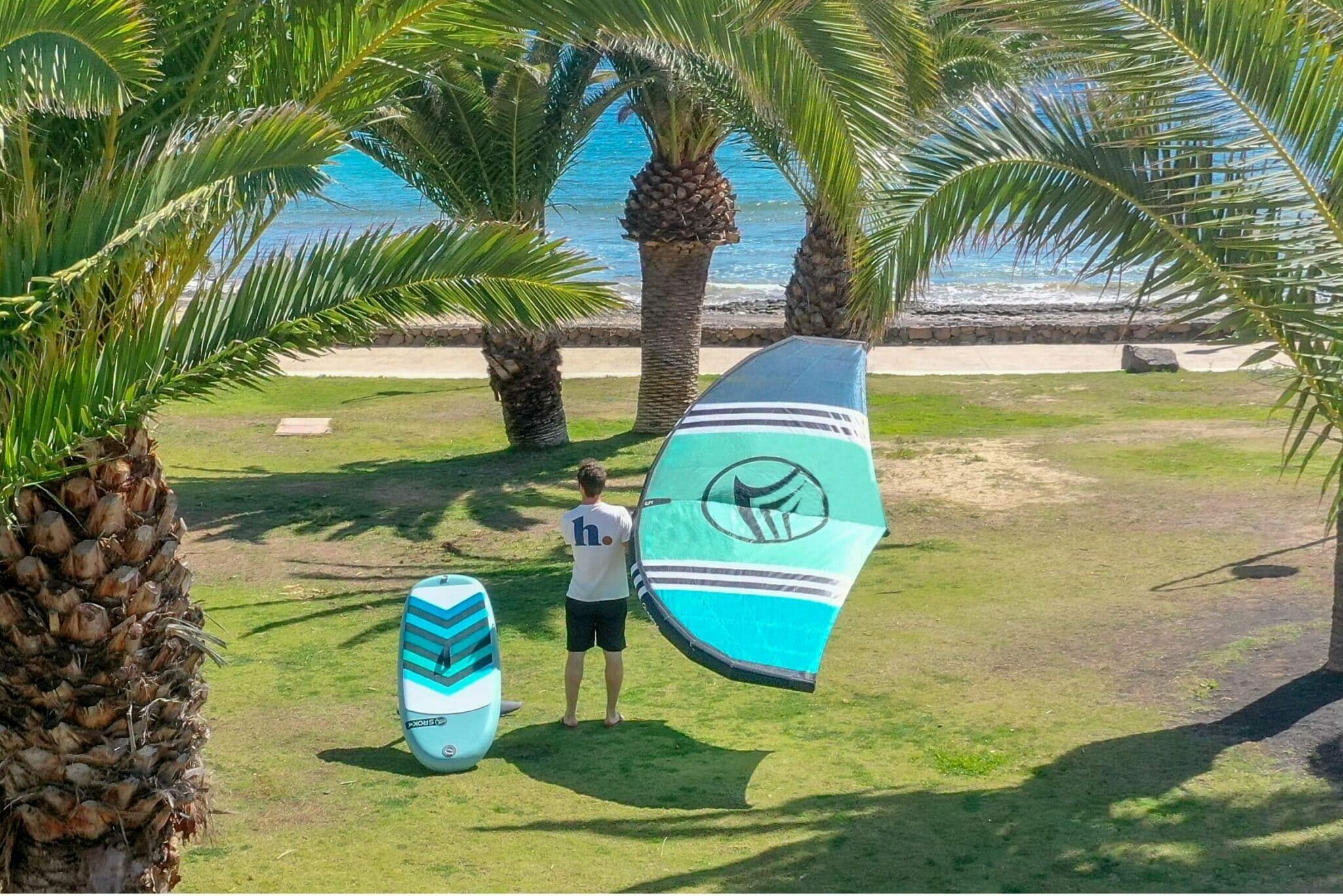
Let’s start by describing the main elements
The board
It can be rigid or inflatable. Generally speaking, a rigid board will provide more rigidity and stability, but will be bulkier and more fragile. For beginners, a wide, slightly larger board will give you stability and make learning easier.
The inflatable wing board has many advantages and a few drawbacks. It’s more resistant to impact and easier to transport. Imagine setting off on your bike with an inflatable foil wing pack on your back. Some people even ride a scooter to avoid traffic jams. On a boat or in the trunk of a car, the inflatable pack will be forgotten. On the other hand, this board will be a little less stable and, because of the material, will stick a little more to the water. So, if you don’t have a lot of space or if you travel a lot, the inflatable can be a very good alternative.
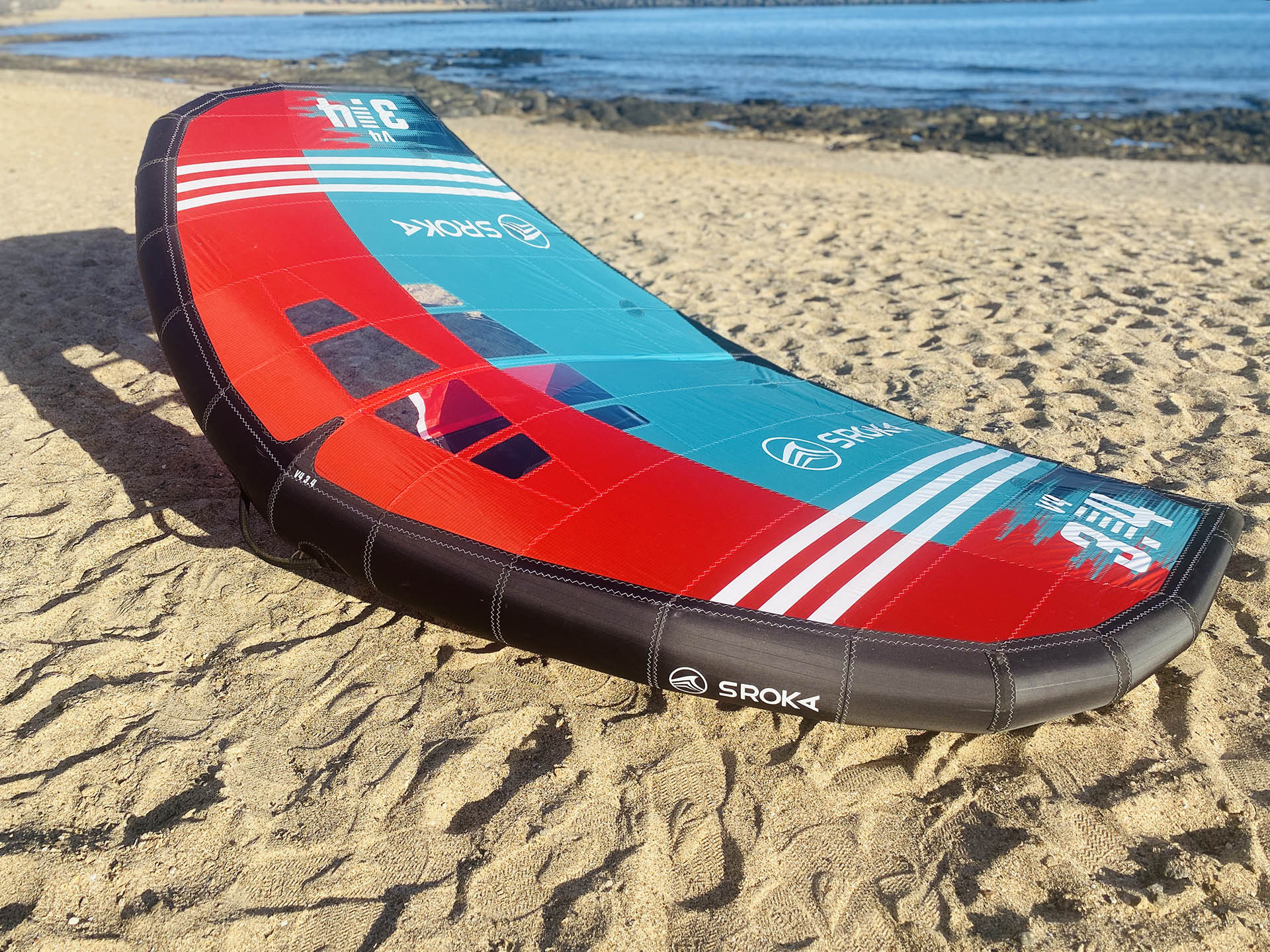
Wing
As for the wing, they’re all inflatable, making them easy to store and transport. Sizes range from 8 m for some brands to 2 m² for the smallest. As a general rule, we recommend a 5 m² wing for beginners weighing around 80 kg, 4.5 m² for those under 70 kg and 6 m² for those over 90 kg. They come with rigid or flexible handles, windows to see through, different wingspans and power ratings, and different materials.
Visit foil
Ah, the foil! What was true for the board and the wing is equally true for the foil. From the outside, a foil is a foil, but there are major differences between foils. The foil is made up of a plate (connection with the board), a mast, a fuselage, a front fin and a stabilizer. It can be built in a variety of materials: wood, aluminum and carbon.
When you have a foil in carbon for the same price as a foil in aluminum, ask yourself: how can this be? Just because the foil is all-carbon doesn’t mean it performs better for the same price. For the same price, the carbon foil is less rigid, less solid, and will have less responsiveness than a well-built aluminum foil. So “cheap carbon” doesn’t necessarily mean good quality.
To sum up, you could say that all packs are the same, because they are made up of the same elements. However, when talking about the same elements, i.e. the board, the foil and the wing, we can see that there are many differences that make a pack more accessible, more efficient or more upgradeable.
Other items are included in some packs, but not all. Accessories such as the carrying case, cover, leash and pump vary. Some packs offer complete packages, while others concentrate on the essentials. You’ll have to invest more to get a complete pack.
Why buy a wingfoil pack?
- Buying a pack from the same brand will ensure guaranteed compatibility on all components. Sometimes, you may see boards from one brand with a foil from another brand. However, this is not always totally compatible. If in doubt, we advise you to choose a pack from the same brand.
- Ease of use and compatibility: Buying a pack from the same brand guarantees compatibility between components. So you avoid problems of adjustment and adaptation. Packs are carefully designed to work together. Buying a pack from the same brand ensures perfect compatibility between board, kite and foil. You avoid the fit and compatibility problems that can arise with items purchased separately. For example, some brands of boards have very far-back housings, while others have them further forward, even for the same size. This results in a different positioning of the mast on the fuselage, which can make foil too prickly or too unstable.
- Savings: Wing packs foil are often cheaper than buying components separately. You can save between 10 and 25% in some cases.
- Ready to sail: You receive a complete set, ready to use as soon as you receive it. No need to search for each item individually and waste time. Please note that some packs are minimalist (without accessories), and you’ll need to think about completing your equipment by buying a leash, a pump, etc.
- Manufacturer’s advice: Packs are often recommended by manufacturers for an optimal experience. In fact, development choices vary from brand to brand. Some prefer a very fast launch with a slow wind, while others opt for a moderate launch but with more speed. What’s more, some of the boards included in the packs are less wide and less stable than others.
In short, a wingfoil package is an excellent choice for beginners, because it simplifies the purchase, ensures compatibility and lets you concentrate on learning this exciting discipline. Simplify your experience, save money and concentrate on the essentials: gliding and fun.

For whom, what, how?
1) Competence level
The equipment you choose should match your skill level. Beginners need easier, more stable equipment, while experts may opt for higher-performance models with narrower, higher-performance, less stable boards. This is the difference between stability and performance.
If you’re just starting out, focus on stability. A wide board and a progressive foil will help you progress with confidence. Don’t choose equipment that’s too small for your level and size. And remember one thing: volume equals length multiplied by width and thickness. So just because your board is 90L doesn’t mean it’s stable. Stability depends on the width of the board. There’s no miracle.
Regarding the type of practice:
- Wingfoil can be practiced freeride, in waves or downwind. Each discipline has its own specificities. So depending on what you’re into, your choice of equipment will be different.
- However, if you’re just starting out, don’t overestimate yourself and stick to beginner equipment. If you choose equipment that is too powerful and technical for your level, it will take you much longer to progress and learn, and you may even be disgusted by the activity.

2) To get started in Wing foil
For beginners, we recommend foils around 1750 cm², a board around 6 feet with a volume of between 100 and 130 L, and a 5 m² wing. Solbach should be adapted to your size. If you weigh 50 kg, we recommend a board with smaller dimensions: around 5’5×26 inches wide. On the other hand, if you’re a larger rider, we’d recommend a slightly larger and wider board with a slightly larger foil of around 2000 cm² and a 6 m² wing.

3) To make Downwind in wing foil
If you want to go downwind, opt for high aspect ratio foils like SROKA’s UHA range and long, narrow boards like our Down Wind range, but this will be the subject of another article and comparisons to present you with different options.
For wave lovers, opt for small foils that turn with great manoeuvrability and small boards that are more playful and easier to handle in the waves.
4) To ride a wave on a wing foil or jumper
If you want to go for jumps, prefer foils with enough volume like SROKA’s control range and short boards with little volume like the superfly range to facilitate take-offs and jumbs.
For wave lovers, opt for small foils that turn with great manoeuvrability and small boards that are more playful and easier to handle in the waves.
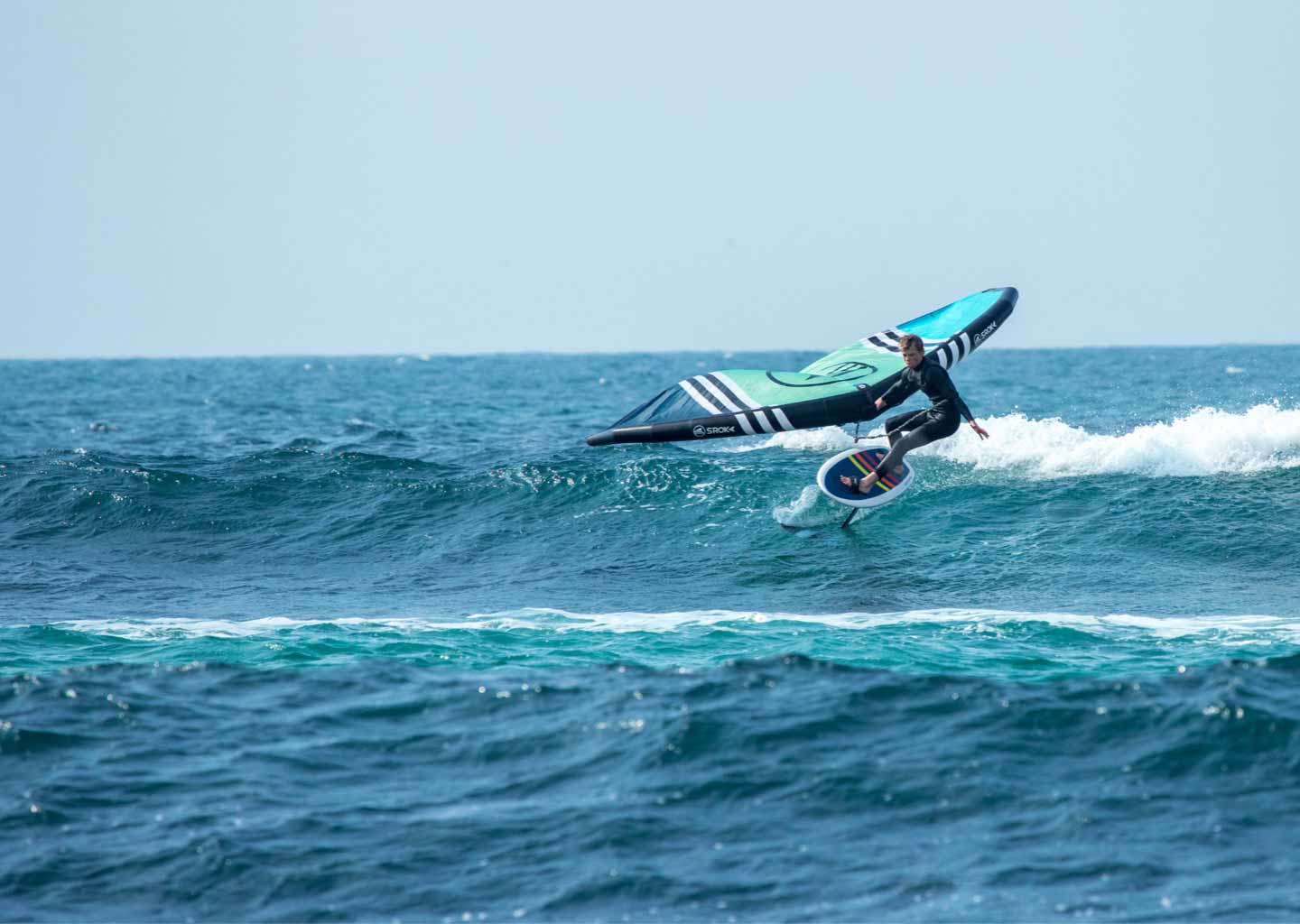
5) Adapt to where you’re sailing
Spots vary in terms of wind, current and wave size. If you’re sailing inland, you’ll need less stability on the board. On the other hand, if you’re on rough water, you’ll need a more stable board.
So the conditions in which you’ll be sailing will influence your choice of equipment. If you’d like more information, contact us and we’ll be delighted to help.
6) Budget
The price of equipment can vary considerably. Find a balance between quality and budget. There are no miracles. An excessively low price is no guarantee of quality. You need to look carefully at the competition to find the best choice for you and your level. Most of the time, this cheap equipment won’t be upgradeable over time, and you won’t be able to change, for example, the front fin to continue progressing with your pack. So sometimes you’ll have to invest a little more to keep your ability to evolve over time in line with your level.

7) Scalability
Opt for evolutionary equipment that will accompany you as you progress. Some brands don’t offer compatibility between carbon and aluminum foils, for example, or the choice of front fins is very limited. As a result, you won’t be able to evolve properly according to your desires. When you’re just starting out in a new sport, it’s hard to project yourself into the future and know which discipline you want to pursue.
For more information, contact the brand or a specialist dealer.
Comparison of the different types of wing packs foil available on the market
| Which rigid wing pack foil to choose for a quality pack? |
|
|
|
|---|---|---|---|
| Notes | 19/20 |
16/20 |
17/20 |
| Brand | SROKA |
F-one |
AFS |
| Price pack | 2250 € |
2469 € |
2499 € |
| Board dimensions | 5’4 x 26’5 – 94L 5’7 x 28’5 – 105L 6’0 x 29’5 – 120L 6’3 x 30’7 – 137L |
5’1x 29 – 110 L or 6’2 x31- 130 L |
5’10 x28-110 L 6’2 x27-115 L |
| Board materials and construction | Fiber sandwich with carbon reinforcement and through-housing |
ASC technology: monolytic fiberglass + top sheat |
PVC sandwich glass in some areas |
| foil size (in cm2) | From 1250 to 2000 cm2 |
2200 cm2 |
1500 or 1800 cm2 |
| Materials for foil and construction | Aluminium mast and fuselage, carbon wings. |
Aluminium mast and fuselage, fibreglass wings. |
Foamed basic carbon. |
| Sail and size | Wing V4. All sizes available |
Wing Origin 2024 from 4m2 to 5’5m2 |
D-Lite 5m or 6 m2 |
| Rigid or flexible handle | Rigid |
Flexible |
Flexible |
| Viewing window on the wing for safety | Yes |
No |
No |
| For whom? | Beginner to proficient |
Beginner |
Beginner to proficient |
| Suitable for | Lake – sea |
Lake – sea |
Lake – sea |
| Special features | Ultra-strong – rigid and very stable – excellent value for money / excellent glide. Upgradeable from beginner to expert. Everything compatible. Everything is included in the pack. All screws are M8 stainless steel A4, so very rigid. |
Lack of rigidity on the rear wings of foil. Coarse fin profile due to construction technology. Lack of rigidity on the board. Very little compatibility. Full pack. All screws are M6 (fragile). |
Carbon mast a little flexy compared with a good aluminum mast. Stiff but somewhat fragile board. Limited choice of options. No foil compatibility. Not all accessories supplied. Screws are M8 and M6, so you need two tools to fix the foil. |
| Where to find it |
Which brand to choose for a quality rigid wing foil pack?
To conclude the wing packs foil rigid
We have detailed three rigid wing packs foil . As you can see, there are many design differences between these packs. Some brands are less progressive than others.
- Take SROKA, for example. Whether you’re a beginner or an expert, you can make your foil evolve according to your desires and your progress. Everything has been designed to simplify the user experience. The SROKA package is complete, with particular attention paid to every detail. For example, the use of M8 screws means that only one tool is needed to facilitate practice. The construction of the board has been redesigned to guarantee durability, strength and rigidity. The housings run through PVC blocks from deck to hull, reinforcing rigidity. The rails are carbon-reinforced, and the hull and deck are made of a PVC fiberglass sandwich with carbon reinforcement, offering a responsive, stiff board. As for foil, all fins are compatible, whether you use an aluminum or carbon foil. So you can keep and upgrade your equipment.
- However, these advantages do not apply to AFS packs. AFS packs have their differences, such as varying screw sizes, incompatibility between certain brand foils and less sophisticated board and wing construction (absence of rigid handles and windows). As a beginner, it’s essential to have good visibility around you, and windows provide a real safety advantage.
- Finally, at F-one, we didn’t like the construction of the front wings on foil. The construction is heavy and not very elegant. What’s more, compatibility between different winglets is not offered. If you want to use the brand’s smaller wings, you’ll have to buy a new fuselage.
Here are the final rankings for rigid packs: the SROKA pack is in first place, followed by the AFS pack in second place, and the Fone pack in third.
| Which inflatable wing pack should you choose foil? |
|
|
|
|
|---|---|---|---|---|
| Notes | 19/20 |
18/20 |
13/20 |
16/20 |
| Brand | SROKA Pack V1 |
SROKA Pack V2 |
Pack wing foil North nova + talaia |
Fone Pack |
| Price pack | 1499 € |
2050 € |
1399 € |
2587,65 € |
| Board dimensions | 5’3 x 29′ – 120L and 15 cm thick 6’0 x 28′ – 144L and 15 cm thick 6’4 x 29 – 155L and 15 cm thick |
5’3 x 29′ – 115L and 12 cm thick 6’0 x 28′ – 144L and 12 cm thick 6’4 x 29 – 155L and 12 cm thick |
5’5 -110 L 5’10 – 130 L 6’3 – 150 L |
5’4- 90L 7’11- 185L |
| Board materials and construction | Double-layer PVC hull deck and 3 layers on the rails, carbon plates for mounting foil. Straps insert only on the bow |
Double-layer PVC hull deck and 3 layers on the rails, carbon plates for mounting foil. Front and rear straps insert |
Single layer of pvc on deck and railing. Carbon plate. Impossible to fit straps. |
Double pvc layers, but carbon plate reduced to a minimum for less rigidity. |
| foil size (in cm2) | 1750 cm2 |
From 1250 to 2000 cm2 |
1700 or 1900 cm2 foil Ensis |
1480 or 1680 cm2 |
| Materials for foil and construction | Aluminium mast and fuselage, carbon wings. |
Aluminium mast and fuselage, carbon wings. |
Mast and fuselage in aluminum and fiberglass/carbon. |
Aluminium mast and fuselage, fibreglass wings. |
| Sail and size | Wing V4. All sizes available |
Wing V4. All sizes available |
D-Lite 5m or 6 m2 |
Strike V3 from 3 m2 to 5 m2 |
| Rigid or flexible handle | Rigid |
Rigid |
Flexible |
Flexible |
| Viewing window on the wing for safety | Yes |
Yes |
Yes |
No |
| For whom? | Beginner to proficient |
Beginner to proficient |
Beginner |
Beginner |
| Suitable for | Lake – sea |
Lake – sea |
Lake – sea |
Flat lake or body of water |
| Special features | Ultra-rigid and solid, very stable – excellent value for money / excellent glide. Upgradeable from beginner to expert. Everything is compatible across the range. Mat 18’5 mm thick, so very rigid. SROKA Everything is included in the pack. All screws are M8 stainless steel A4, so very rigid (15 cm thick board with no possibility of using straps at the back). |
Ultra-rigid and solid, very stable – excellent value for money / excellent glide. Upgradeable from beginner to expert. Everything is compatible with the entire SROKA range Everything is included in the pack. 18’5 mm thick mast for maximum rigidity. All screws are M8 stainless steel A4, so very rigid (12 cm thick board, so more stable, and possibility of fitting straps at front and rear). |
It’s a reconstituted pack with several brands. So total compatibility does not exist. M6 screw on the foil with a conical connection, so potential for play. Little evolution over time. Inexpensive package but not upgradeable over time. You’ll have to change the foil to progress. Single-skin board lacks rigidity and can’t be strapped. |
It’s a complete Fone package. What we liked was the volume of the board and the option with and without spoiler. The foil in ASC does the job, but lacks compatibility with the range. Pole a little soft, 16 mm thick. M6 stainless steel screws. Very good board for beginners, but a little big later on. |
| Where to find it |
Which brand to choose for a quality inflatable wing pack foil?
A wing foil inflatable pack is great for getting started and progressing, especially if you have space constraints or plan to travel frequently. Here are the criteria to consider when choosing the right pack for you:
- Board construction: Do you opt for a single skin (less rigid, but with the possibility of reversing the rocker in the water)? How is the attachment plate on the hull (short or long)? Is there a rhinestone insert or reinforcement on the rails?
- Foil construction: Is foil made of aluminum? The thickness of the mast affects rigidity. What size screws are used? How is the front fin fitted? Can foil be upgraded over time without changing everything?
- Wings: Do the wings have windows to optimize vision and safety? Do you prefer rigid (for greater responsiveness) or flexible handles?
- Component compatibility : Are the various elements compatible with each other? Component adjustment: Do you use M8 or 6 screws? How is the front fin fitted? Are the components interchangeable over time?
- Pack brand: Is this a single-brand pack?
- Price:Price is a criterion, but beware: a very inexpensive product may involve compromises in construction to cut costs. A single-layer board will be cheaper to produce, but its overall rigidity will be lower, which may slow down your progress.
Taking all these criteria into account, we have established a rating for the 4 inflatable wing packs foil:
-
- Pack wing foil SROKA V1 Best value for money. Possibility of upgrading the product. Limited choice (5 m sail and foil in 1750).
- Pack wing foil inflatable SROKA V2 :Complete choice (all sizes of front fenders and foil). Perfectly adapted to your size or sailing location.
- F-one pack: Good quality despite a slightly large board size and specific foil construction. A consistent, coherent package for beginners.
- Multi-brand package : Lack of evolution over time (you’ll have to buy a complete foil again). Good wing quality, but beware of compromises.
In conclusion, the SROKA V1 package offers the best value for money, while the multi-brand package has limitations in terms of upgradability.
Choosing the right wing package depends on your program and your specific needs. Here are a few tips to guide you:
If you don’t have gliding problems, we recommend a hard pack: it will give you greater rigidity, stability and responsiveness. This will facilitate your progress and make it easier to evolve over time.
Criteria to be taken into account :
-
- Your size: The choice of board, foil and kite size will depend on your weight. The heavier you are, the more volume you’ll need, and vice versa.
- A single-brand pack is always best for rapid progress in the sport. If you mix products, there may be product incompatibility.
- Product quality: decide whether you prefer a first-price, value-for-money or top-of-the-range model. Beware of first prices, the price is tempting but there will inevitably be a compromise made to reduce the price of the pack. Reduced rigidity, solidity, or accounting…. the options for reducing costs are endless. But this will always be to the detriment of your margin for progress and the possibility of upgrading. So ask yourself this question: Are you ready to buy a second pack 1 year after buying the first pack to upgrade?
- A rigid or inflatable pack? This will be determined first and foremost by space savings and your ability to travel with your pack. A rigid pack will be less easy to transport, but more responsive. An inflatable pack will be perfect for those looking for minimal space or easy travel.
Careful choice: If you choose an unsuitable wing foil package, you may find it difficult to stand upright or to move quickly. On the other hand, the right choice will enable you to get the most out of your experience on the water.
If you have any further questions, or if you have any other requests, please don’t hesitate to contact us!
 Le Magazine
Le Magazine










